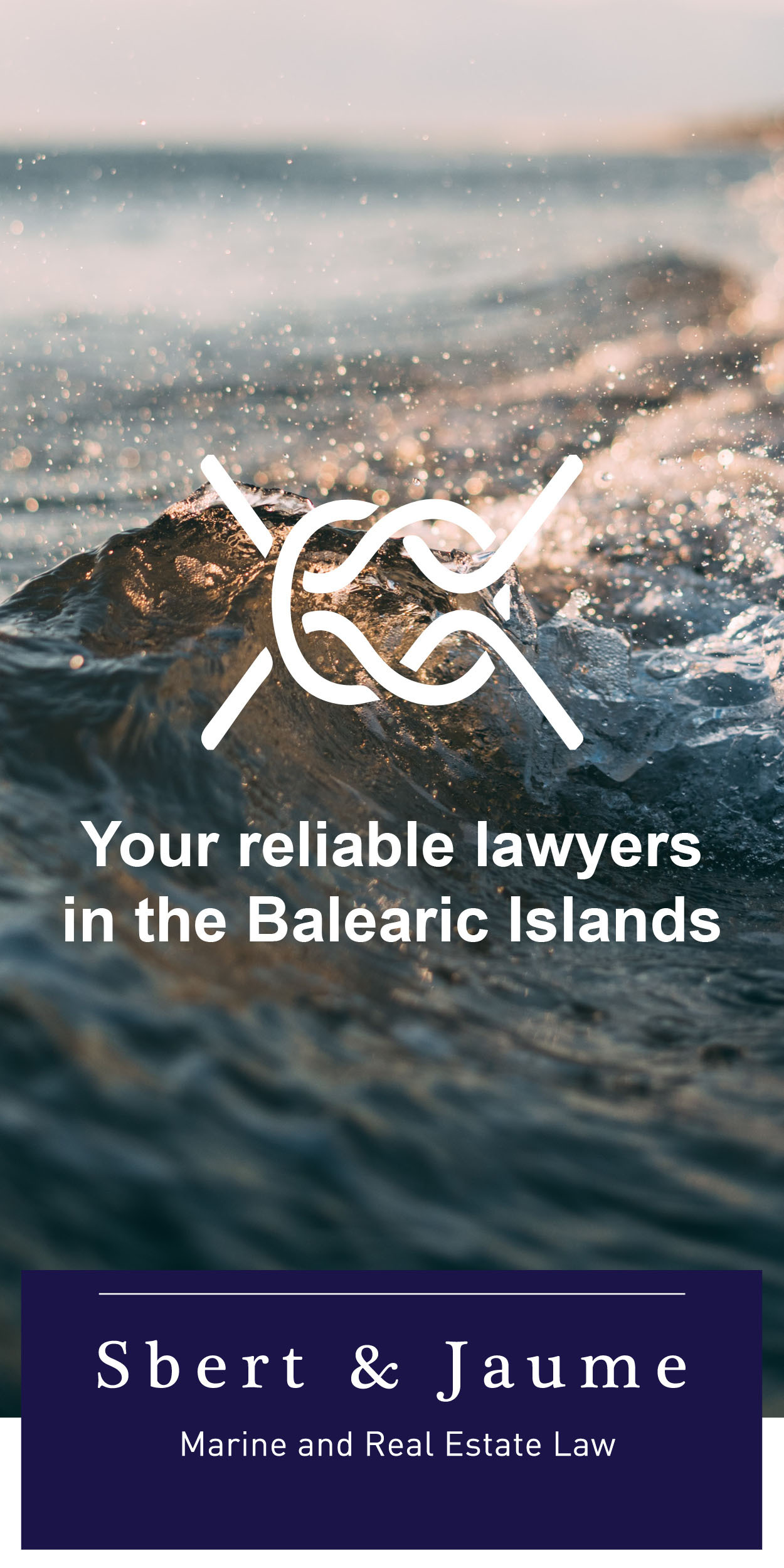A la mémoire des français morts à Cabrera . ..
This island archipelago has gone from a conquered land to military zone to an essential maritime habitat. Today, we celebrate the Balearic Government's success in a court case to secure the administrative management of this national park and to expand the protected area from 80,779 marine hectares to 90,800 marine hectares (908 square kilometres=351 sq mi) including 895 square kilometres (346 sq mi) of sea area, establishing this as the largest National Park in the Mediterranean.
This allows local management for a natural resource instead of a national government controlling the autonomous area's domain. Bravo!!
Why this is important?
The Ministry for Ecological Transition considered the expansion a priority to ensure protections of the natural marine systems. 11 out of 13 natural marine systems comprise the National Parks Network.
According to Oceana: "Within the park are 12 out of the 13 natural systems cited within the Law governing National Parks, making Cabrera the largest and most biodiverse national park in the western Mediterranean.
The expansion area is comprised of eleven of these natural systems and add to the previously-protected undersea meadows. Some of the natural systems found here are:
- Shoals and steep escarpments, including the Emile Baudot escarpment—one of the most emblematic escarpments in the Mediterranean, that drops from -200m to -2,000m.
- Coralligenous areas, including the Fort d’en Moreu reef where spectacular gorgonian gardens and laminaria forests can be found
- Pelagic areas of passage, reproduction or with the habitual presence of cetaceans or large migratory fish, a natural system that had, until now, not been part of the Spanish national parks network. In the case of Cabrera, the addition of the system will benefit fish like the red tuna and swordfish and cetaceans like the sperm whale."
To watch a magnificent video showing the bio-diversity of Cabrera, see the video below.
Oceana's Campaign for Cabrera
Showcasing the rich bio-diversity and immense importance of this maritime area.

History
The oldest references to the Castle of Cabrera date back to 1410 A.D., which is located with a clear view of the port of Cabrera. In 1510, the tower was destroyed by Berbers. Not until 1716 was the castle granted to the King of Spain.
What To Do #
Ethnography Museum Can Feliu Cellar is home to the museum, located 3 km from the Port, where you'll see a selection of local flora and fauna along with archeological findings from Pla de ses Figueretes and the Clot des Guix sites.
Cova Blava (Blue Cave) The Blue Cave is a small sea cave on the north part of the island which ranges from 6 metres high in the entrance to 20 metres in the inside. Scuba, snorkel or take a boat into the cave. Afternoon light creates a spectacular setting for special events.
Where To Stay #
Cabrera Shelter No hotels exist on the island. The old military facilities have been converted to lodging with 12 double rooms, each with a private bathroom. The building has a kitchen with a fridge and microwave and shared common areas. Priced reasonably at €60/room per night during high season and less in the low season. If you pack in on the ferry, make sure to bring food and drink as you will have a limited selection at the Cantina.
Conclusion #
Cabrera is a must-see for nature lovers - hiking, snorkeling, scuba diving! After looking at the Oceana video, plan your next adventure that will last a lifetime.
Por Memphis
19 abril, 2024












